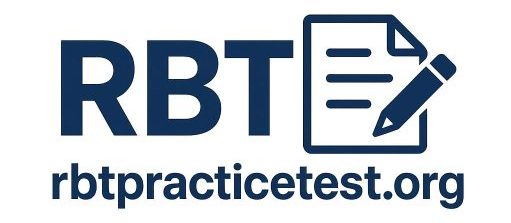RBT Practice Exam – Test 1
Our free RBT practice test is a free mock exam designed to simulate the actual RBT certification exam. This mock test provides 50 practice questions that assess your understanding of the RBT Task List 2.0 and evaluates your readiness for the final certification. Each question is aligned to measure core competencies required for working under a BCBA.
After submitting your test, you will receive feedback including your score and a detailed answer key. This feedback allows you to analyze errors and practice targeted concepts to improve your performance.
Do more practice test for better exam result!
Don’t stop here! Take the next step by practicing the next RBT Practice Test 2. Keep improving, and you’ll be fully prepared to pass your RBT certification exam with confidence.
